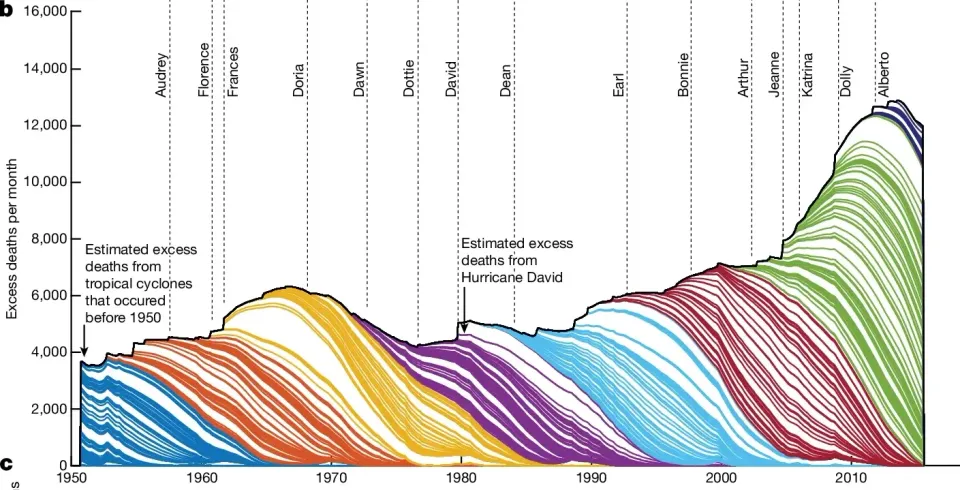〽️ Service Stats
As of Monday, October 28, 2024:
8,591 samples analyzed
Serving 154 harm reduction programs
Reaching 223 counties in 39 states
346 unique substances identified
👀 Watchlist
Here are the trends in the drug supply we are keeping an eye on this month. For our local audience, here are slides for the NC Drug Landscape Update we provided at the Governors Institute Addiction Essentials course in October.
Acetamiprid - insecticide we were about to take off the list and then it popped up
BTMPS - industrial chemical added to plastics. New finding: XP Huang at our partner lab at UNC has established that it has no direct binding to any of the ~350 brain/body receptors that known drugs activate. Meaning, this is not likely a psychoactive substance, and so subjective effects may be due to other properties (e.g., calcium channel blocker??).
Xylazine & (dex)medetomidine - sedatives mixed with fentanyl
Carfentanil - powerful opioid reemerges in a new way
2-fluoro-2-oxo-PCE + fentanyl - international club drug mixed unexpectedly with fentanyl and others
Shift to smoking - broad trend with implications for overdose prevention
We talk about declines on overdose rates further down.
👩🏽🔬 New Substances Detected
We have a new live report app that shows which new substances have been detected recently. This app auto-updates on the first day of each month. (all the other live report apps)
We detected 6 new substances in the drug supply in September 2024. Well, new-to-us at least.

Descriptions
- 7-hydroxymitragynine - part of kratom plant. Occurs naturally, one of many alkaloids.
- N-propionitrile chlorphine - novel synthetic opioid of questionable potency (CSFRE). We'll have more to say about this later. We have concerns.
- niacin - vitamin B3, causes body flushing (wikipedia).
This would normally be an underisrable thing, in fact, back in the day Pfizer was trying to make a oxycodone + niacin tablet that would cause a severe flushing reaction if crushed and snorted/injected. It never made it to approval because it caused the same type of problem in patients when taken in orally intact. We've sporadically seen compounds related to niacin in NC, but the recent niacin sample came from Washington. - PMK ethyl glycidate - precursor for MDMA, already scheduled. Not much surprise here. Maybe synthesis methods are evolving, or could be a one-off.
- hydromorphone - classic pharmaceutical opioid similar in effect to heroin (wikipedia). It is unusual to see this typically-prescription opioid in a street sample. This sample was a white pill that also contained fentanyl and 4-ANPP. There are no fentanyl+hydromorphone Rx opioids on the market anywhere in the world, and the presence of 4-ANPP suggests clandestine manufacture of the fentanyl. So, it begs the question if the hydromorphone is of pharmaceutical origin (Dilaudid and generics) or being synthesized in unregulated labs. Hydromorphone has a lower OD risk profile than fentanyl, and is subjectively the Rx opioid most preferred on the street historically.
- 3,4-Methylenedioxy-α-Propylaminobutiophenone (MDPPP) - designer stimulant in fake Ecstasy (wikipedia). There are other similar molecules we have detected, for example, this sample from NY and this one from TN were supposed to be Molly, but were not.
Watchlist Updates
Want our Watchlist and New Substances sent your inbox every month? Sign up below for this newsletter. No password needed.
No spam. Unsubscribe anytime.
❤️🩹 Hurricane Update
A month after Hurricane Helene our thoughts remain with our beloved harm reduction programs in western North Carolina.
Coincidentally, in between Hurricanes Helena and Milton, the paper below was published after being under review for 17 months. Using data going back to 1930, this sophisticated econometric analysis found was that impact of hurricanes (“tropical cyclones” or TCs) are felt over generations. While direct immediate mortality numbers may be in the dozens, unexplained excess mortality is 7,000 to 11,000 per storm. The figure at the top of this newsletter and quote below are from the paper by Rachel Young & Solomon Hsiang:
impacts of TCs might affect human health through complex chains of events that separate the cause (cyclone) from the delayed effect (mortality) so much that affected individuals are themselves unaware that a TC influenced their own health outcome. For example, individuals may use retirement savings to repair damage, reducing future healthcare spending to compensate; family members might move away, removing critical support when something unexpected occurs years later; or public budgets may change to meet the immediate post-TC needs of a community, reducing investments that would otherwise support long-run health.
We also learned that “tropical cyclones” = hurricanes + tropical storms. But in the South we just call 'em storms.
 NatureRachel Young
NatureRachel Young
What are the implications for us right now? A monthly pledge to donate is more important than material donations and immediate cash. Harm reduction has always been underfunded, and the depth of devastation reflects this lack of investment.
Program staff have been doing so much to help their participants!! Programs need grant-level financial support to pay for overtime, which won’t even cover the actual hours people are putting in. Everyone is exhausted, patience wears thin, because trauma. Healthy boundaries get blurred at the expense of service, especially with Gen Z and Millennial workers putting in long physically grueling hours. Everything feels expensive right now, as programs replace sundries like fire extinguishers and clothes and furniture and basic hardware. Supplies are still being delivered and recovery operations conducted on horseback! SO, link below to donate. Do a monthly pledge. Please.
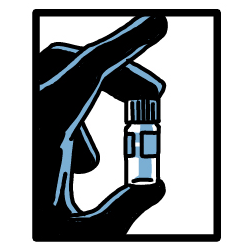 Opioid Data LabNabarun Dasgupta
Opioid Data LabNabarun Dasgupta
And if any of y’all know what could help in Ashe, Avery, Mitchell and Watagua counties, please tell us. The northern NC part of the Blue Ridge Mountains (hours north of Asheville) was extra-devastated, but there is still very little contact. We respect their privacy and stoicism and self-sufficiency and grief. But we know it's bad in spots up there. If y'all need anything, holler at us.
🎃 Fentanyl in Candy
This comes up every year about this time... and we discussed this on NPR in 2023. There have been no verified reports of fentanyl in Halloween candy. Why? This sticker says it all:
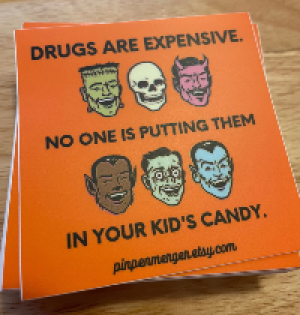
There are things you can actually do to protect your children:
- Reflective strips and lights on costumes to be visible on streets
- Don't eat unwrapped candy, because, gross.
- Looking over your kid's candy together offers opportunity for conversation
- Put a one-night sugar binge in the context of healthy diet habits
- Trunk-or-treats are an option, if that's your thing
- Brushing teeth at the end of the night
- Be thankful we are better off now, remembering Halloween was cancelled this time 4 years ago
🙏🏽 Need ur help: Naloxone petition
Following the examples of New Mexico and California, advocates in North Carolina have assembled a compelling petition that awaits your signature. Due to extremely aggressive marketing by two specific pharma companies, NC harm reduction programs and government officials are being pressured to switch to expensive, untested overdose reversal antidotes.
There is a second petition for community members.
 Google Docs
Google DocsThe marketing of high-dose naloxone is a historical and global anomaly. The average dose of naloxone per reversal did not change during the fentanyl era.
Severe Withdrawal Increases Risk for Repeated Overdose. Legit question: If saving a life is what's important, can't they just put up with withdrawal? We just learned about this: Severe withdrawal can lead to immediate and repeated re-dosing with dope. In the weeks that follow, negative withdrawal experiences may lead to using drugs alone. Both of these outcomes increase the chance of a subsequent overdose! Ohhhh, maybe that's why pharma is pushing these products so hard. 🤔 On the other, while public health folks have been saying that fentanyl re-dosing after reversal is risky for OD, it is also an ubiquitous behavior, and there aren’t strong data showing that it’s all that risky.
Nalmefene nasal spray has never been tested in the real-world. How can you trust an overdose reversal drug that wasn't even tested with people who use drugs!? Oh yeah, also never tested on smokers.
Stick with what is proven: There is no urgency to switch to untested medications.
🦸 Harm Reduction Heroes
You know the saying, “Not all heroes wear capes”? Well, the real heroes—those on the ground putting in work everyday—deserve just as much recognition as any Marvel or DC character, if not more!
Learn more about these local heroes by clicking the links below!
Edgecombe County (NC) Emergency Services (EMS) and substance treatment clinical care providers are true rockstars, transforming their community. With their drug checking service, they’re diving deep into the causes of overdoses and keeping their community informed. Savannah Junkins and Dalton Barrett share what drug checking has done for EMS and treatment providers.
 Opioid Data LabSavannah Junkins
Opioid Data LabSavannah Junkins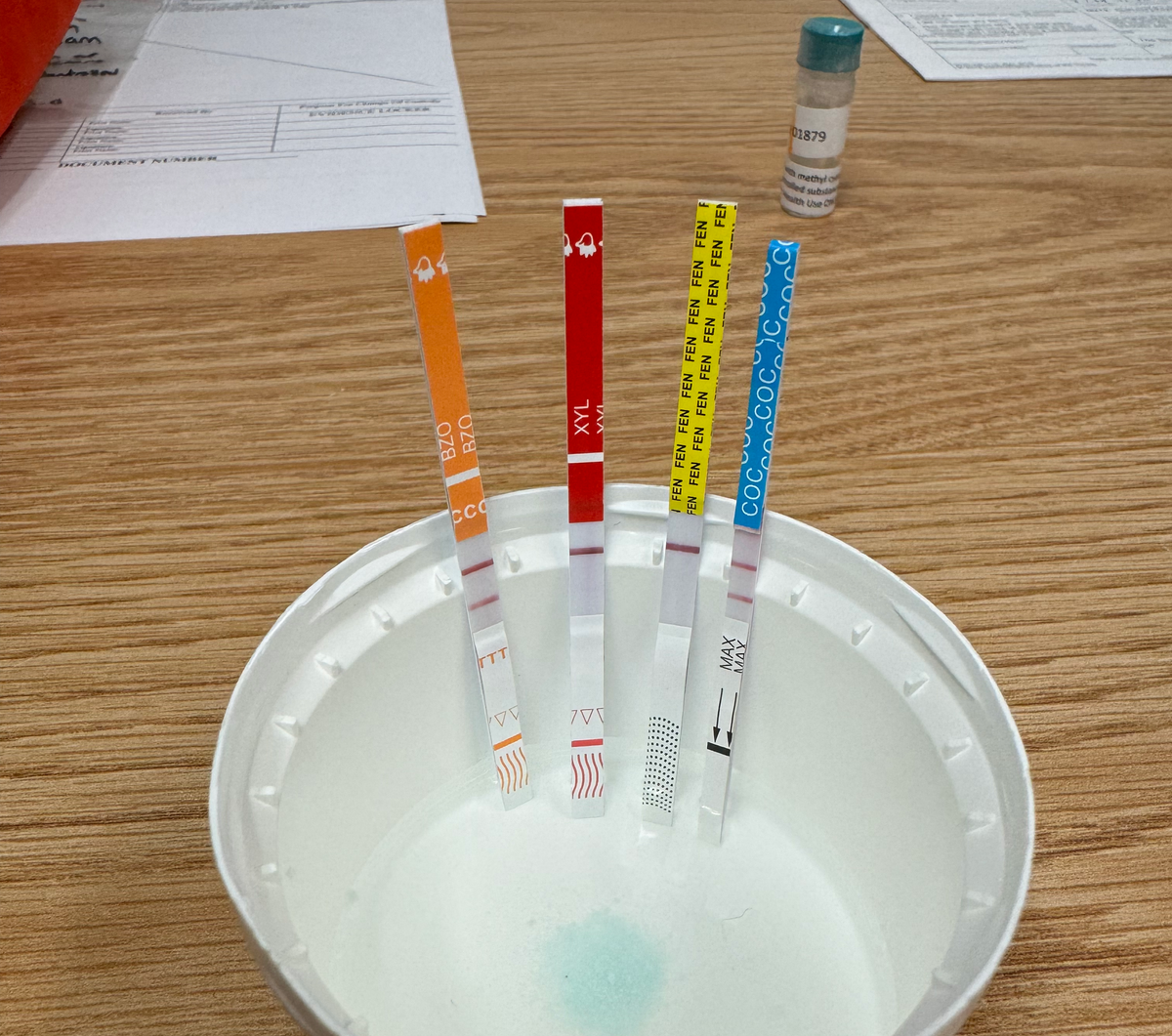
The Carolina Harm Reduction Union is one of those collegiate organizations that actually provides services to people who use drugs. Riley Sullivan writes about a recent event at the White House.
 Opioid Data LabRiley Sullivan
Opioid Data LabRiley Sullivan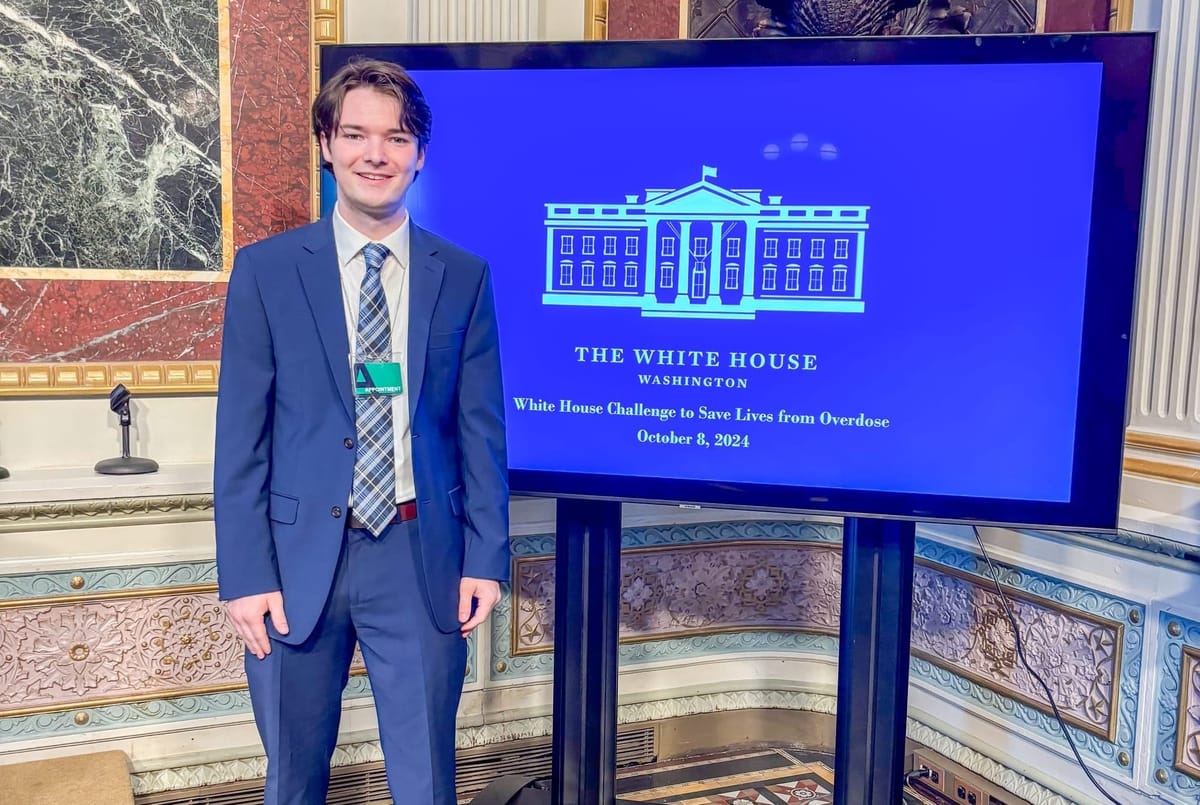
📣 Team Voices
Check out monthly blog posts from members of our team!
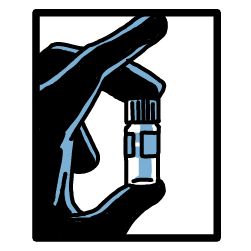 Opioid Data LabNatalie Sutton
Opioid Data LabNatalie Sutton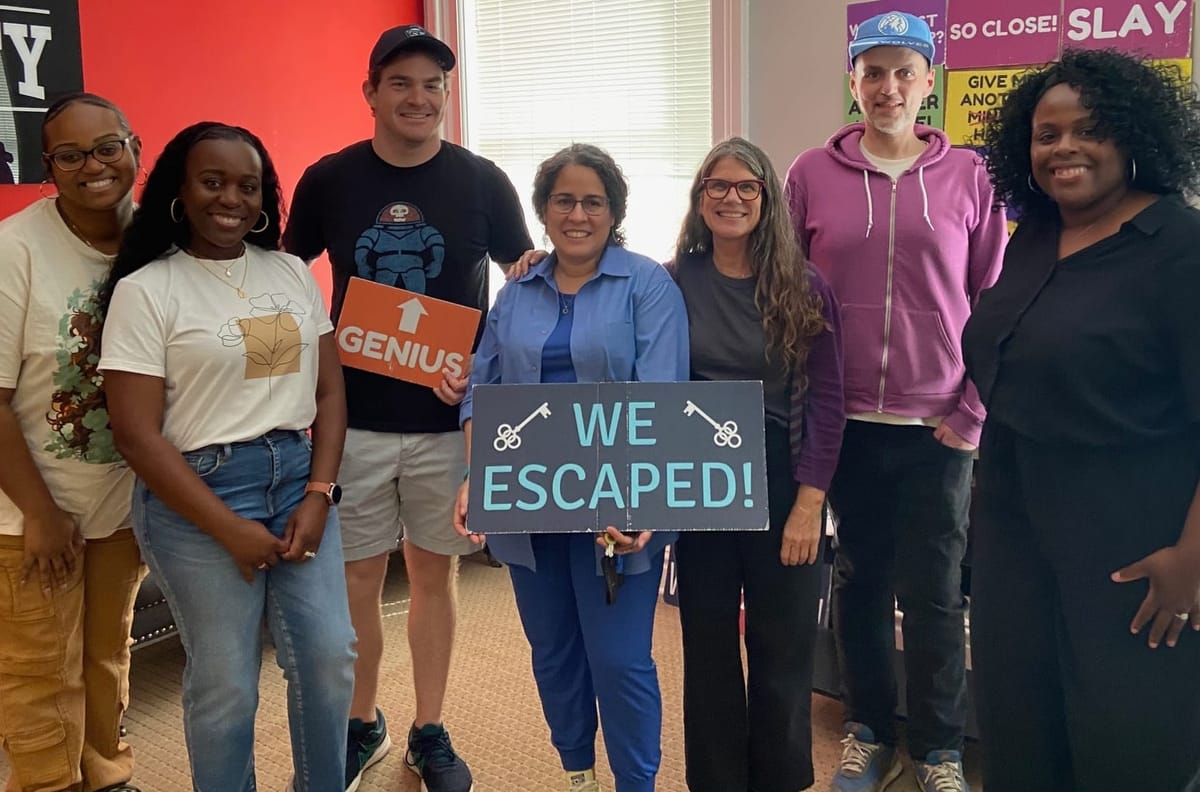
 Opioid Data LabAdams Sibley
Opioid Data LabAdams Sibley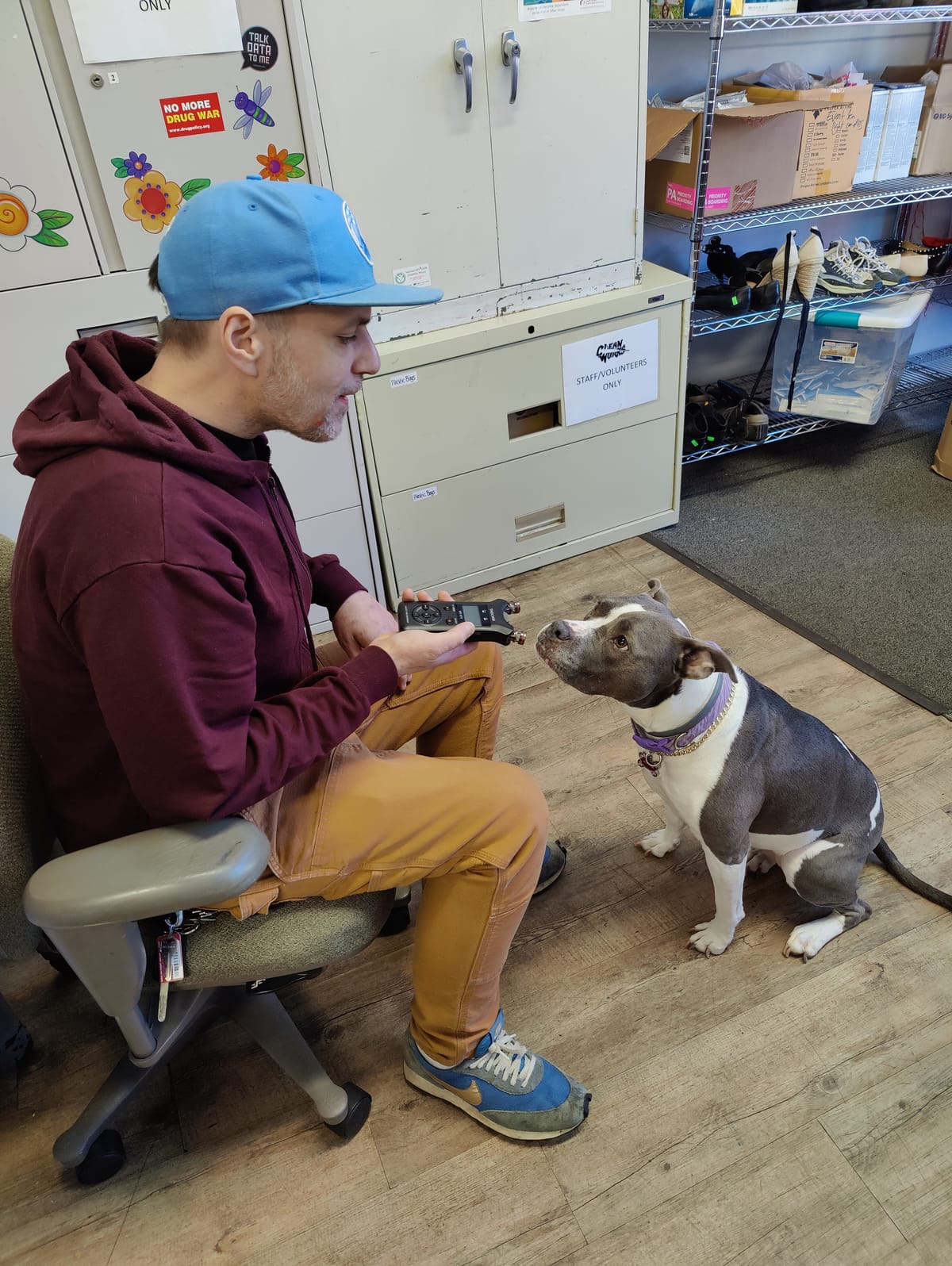
 Opioid Data LabIllyana Massey
Opioid Data LabIllyana Massey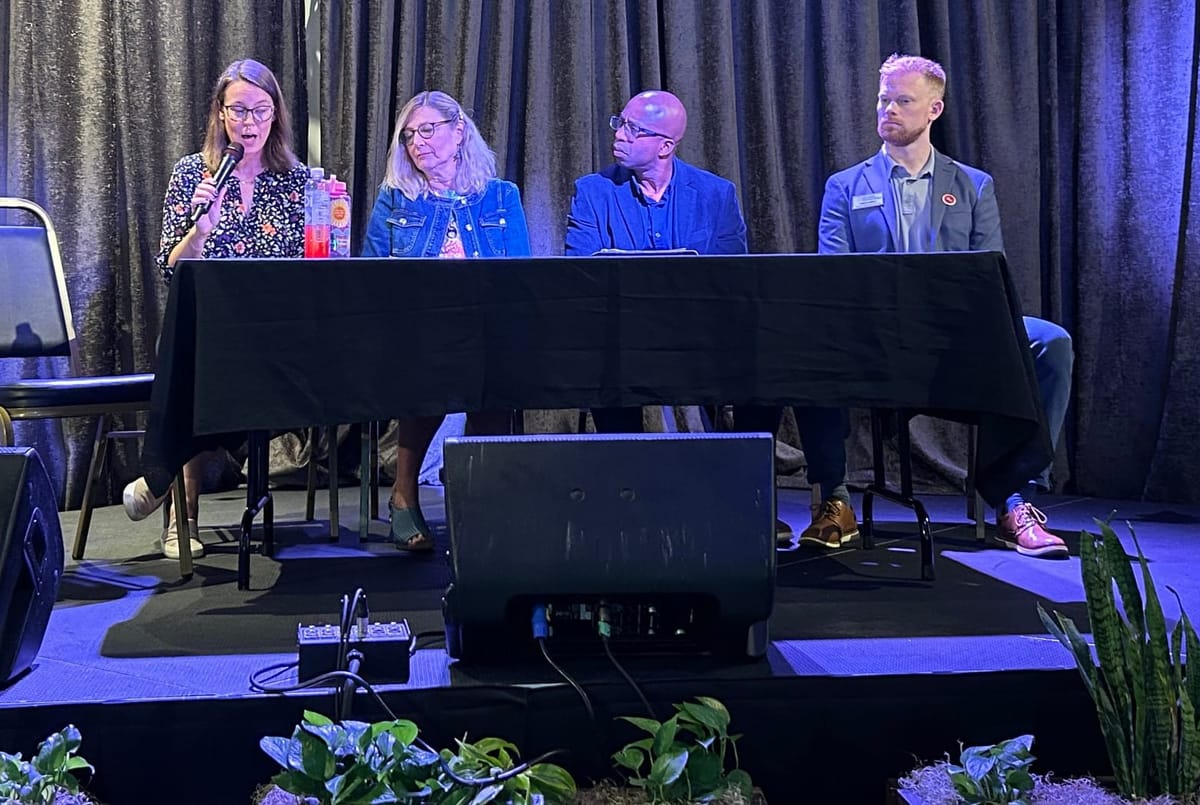
📖 Reading Room
The response to our blog post on the decline in overdose rates has been astounding. In the meantime, we suggest that the discussion can be boiled down to these two questions: What's working? Who's being left behind?
1. What's working?
We are gathering the alternative hypotheses that have been shared with us and will put those out soon in another blog post (subscribe for free). Among the keenest and longest observers, an amorphous consensus centers around changes in the drug supply. But which changes exactly? Xylazine? but that's been around for awhile. Return of heroin? but not everywhere. Reduction in fentanyl % weight/volume? Show us the data. Border interdiction with the Multi-energy portal? But the fluctuations. Less total volume of fentanyl? Not on the east coast, buddy. And there are behavioral changes and policy effects that have been put forward too. Stay tuned.
2. Who's being left behind?
One of the most puzzling aspects of the decline in overdose is that rates by racial group are different by state. In some places, ODs among Black Americans are dropping faster than for White in tandem. In others, overdoses among Black men and Native Americans rise as White ODs fall. As usual, no simple narrative about race and drugs holds. These four articles did a good job going into the details:
- Salon: Drug overdose deaths may be decreasing — but not for everyone
- The Guardian: ‘Unprecedented’ decline in US drug overdose deaths gives experts hope
- NY Times: Fatal Drug Overdoses Drop, Though Racial Disparities Tell a Different Story [paywall]
- KFF: Opioid Deaths Fell in Mid-2023, But Progress Is Uneven and Future Trends are Uncertain
🤓 Scientific Literature
The easiest way to get access to paywalled articles is to email the corresponding (or first) author.
- Payne ER, et al. Development, Evaluation, and Initial Findings of New York State Department of Health Community Drug Checking Pilot Programs. Journal of Public Health Management and Practice. 2024:10-97. [open access]
- Alam IZ, et al. Association Between Rapid Opioid Reduction or Discontinuation and Self-Harm, Suicide Attempt, and Suicide Death Among High-Dose Long-Term Opioid Therapy Patients in North Carolina, 2006-2018. American Journal of Epidemiology. 2024 Oct 8:kwae394. [paywall]
- Zibbell JE, et. al. Use of fentanyl test strips by people who inject drugs: Baseline findings from the South Atlantic Fentanyl Test Strip Study (SAFTSS). International Journal of Drug Policy. 2024 Nov 1;133:104588. [open access]
- Cooper HLF, et al. The War on Drugs, Racialized Capitalism, and Health Care Utilization Among White People Who Use Drugs in 22 Rural Appalachian Counties. Am J Public Health. 2024 Oct;114(10):1086-1096. doi: 10.2105/AJPH.2024.307744. PMID: 39231413; PMCID: PMC11375347. [paywall]
- Rushing J, Brewington E, Sachdeva N. The North Carolina model for opioid settlements: partnering to equip local governments’ overdose response. North Carolina Medical Journal. 2024 Sep 17;85(5). [open access]
🤗 Opportunities for Impact
Job postings, conferences, and other events for you harm reduction baddies! If you have a job posting or event you'd like us to highlight, please be in touch.
Job Postings from our Friends
University of Missouri St. Louis's Missouri Institute of Mental Health is hiring for TWO leadership roles! Assistant Research Professor and Director of Improving Systems!
 MIMH Addiction Science0
MIMH Addiction Science0
Queen City Harm Reduction SSP, Charlotte, NC is looking for a bilingual outreach specialist to join their team!
Upcoming Webinar
Join harm reduction trailblazers for a panel discussion- "White faces, Black and Brown Lives: Racial Disparities in the OD Crisis."
 LinkedInTracie M. Gardner
LinkedInTracie M. Gardner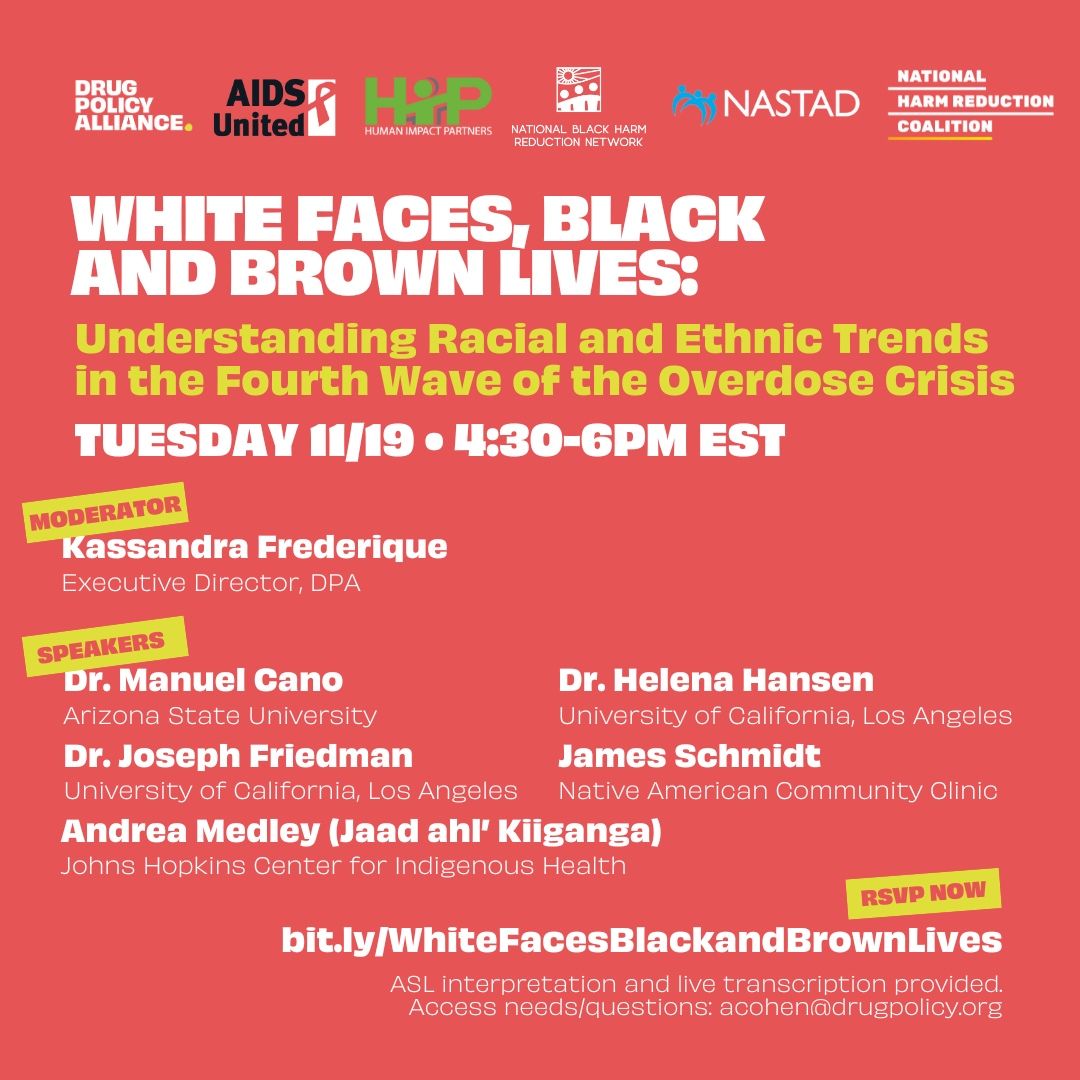
🧑🏼🏫 Pharmacist CE for OUD
Our friends at the University of Kentucky School of Pharmacy just launched this great site for all you pharmacists to get continuing education (CE) credits. Led by Trish Freeman and Doug Oyler, this is a set of courses by pharmacists for pharmacists.
 UK College of Pharmacy | University of Kentucky
UK College of Pharmacy | University of Kentucky
$50 Survey
The Reagan-Udall Foundation for the FDA is conducting a research project about preventing pediatric unintended exposures to medications for opioid use disorder. They are conducting interviews with people who take medications that contain methadone or buprenorphine (including branded medications such as Suboxone or Zubsolv). If selected, participants who complete a 30–45-minute interview will receive a $50 Amazon gift card. Specifically, the Foundation is looking for people who meet the following criteria:
- Individuals with children under 6 years old living in the house (full or part time)
- Individuals currently or formerly taking medication for opioid use disorder
- Individuals in households with a person taking medication for opioid use disorder
Email Joy Eckert (jeckert@reaganudall.org) and check out the flyer below to learn more.
👋 Meet our Team Members
Each month will feature different team members 😊
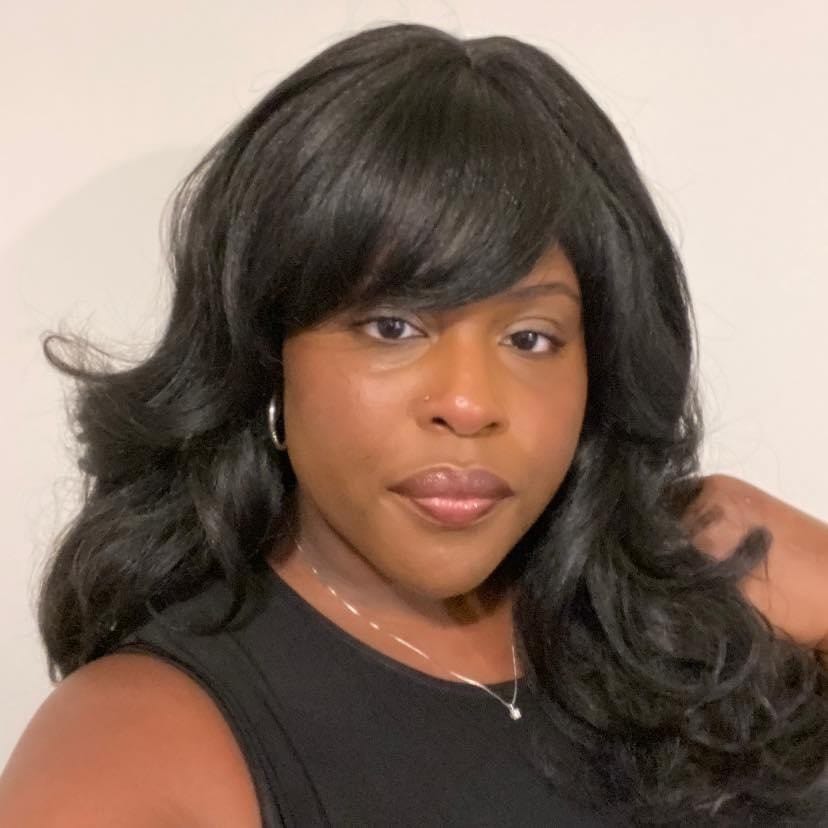
Natalie Sutton
Our research project manager, who joined the team in 2024. She has experience in clinical, public health, and laboratory research.
🪩 Out and About

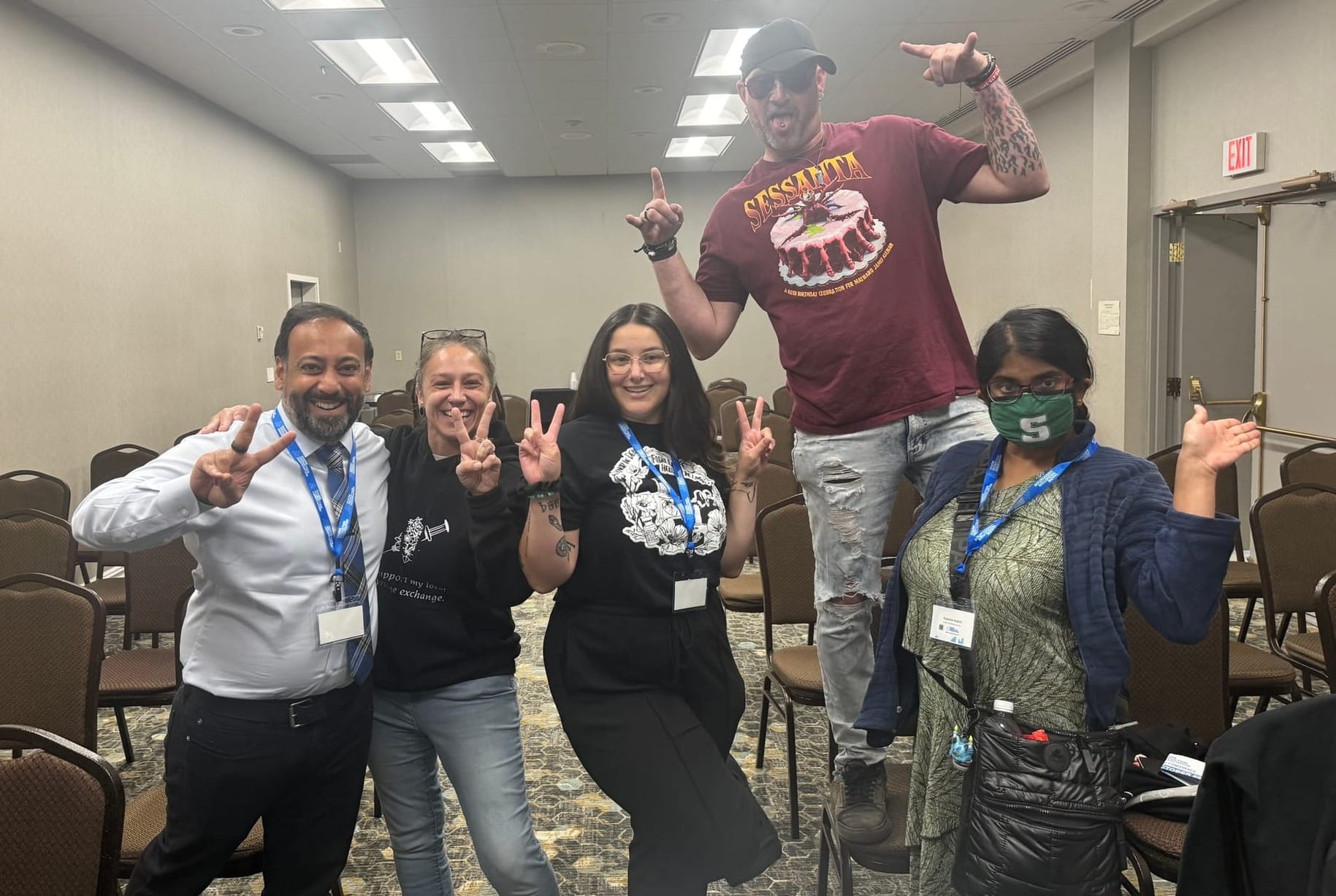

🥼 Lab Visits
We were delighted to host Rep. Jarrod Lowery (R-Robeson NC-47) in our lab this month. Check out more photos and details about the visit.

We love visitors! Check out who's come to see us recently. Let us know if y'all would like to stop by. For NC General Assembly members, Amy McConkey can arrange your visit.
🏆 Box of the Month
Sometimes our amazing partners write us a warm message, doodle or draw a picture on the return boxes we send out. This is in no way a requirement (♻️ we reuse the boxes), but we love receiving the random surprises!
Each month, we will showcase boxes we love.

🫶🏽 Funders
In October we wrapped up a 2-year engagement with the Foundation for Opioid Response Efforts. FORE was our first funder major in drug checking, and the first randomized messaging trial on drug alerts, led by Allison Lazard. We are supremely grateful for them taking a risk on us! (We also appreciate all our other funders too.)
 Opioid Data LabNabarun Dasgupta
Opioid Data LabNabarun Dasgupta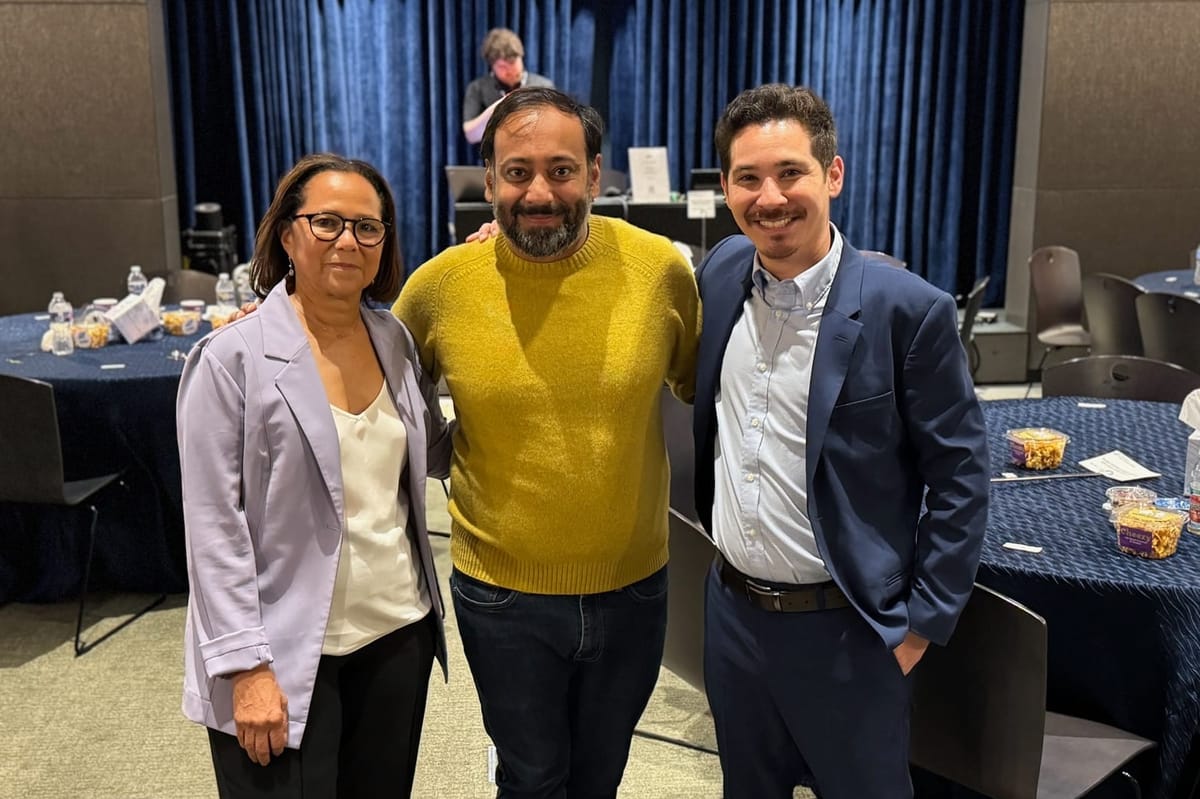

Like what you read?
Heyo, sign up to get this newsletter in your inbox every month. Stay on top of new developments from our team.
No spam. Unsubscribe anytime.

